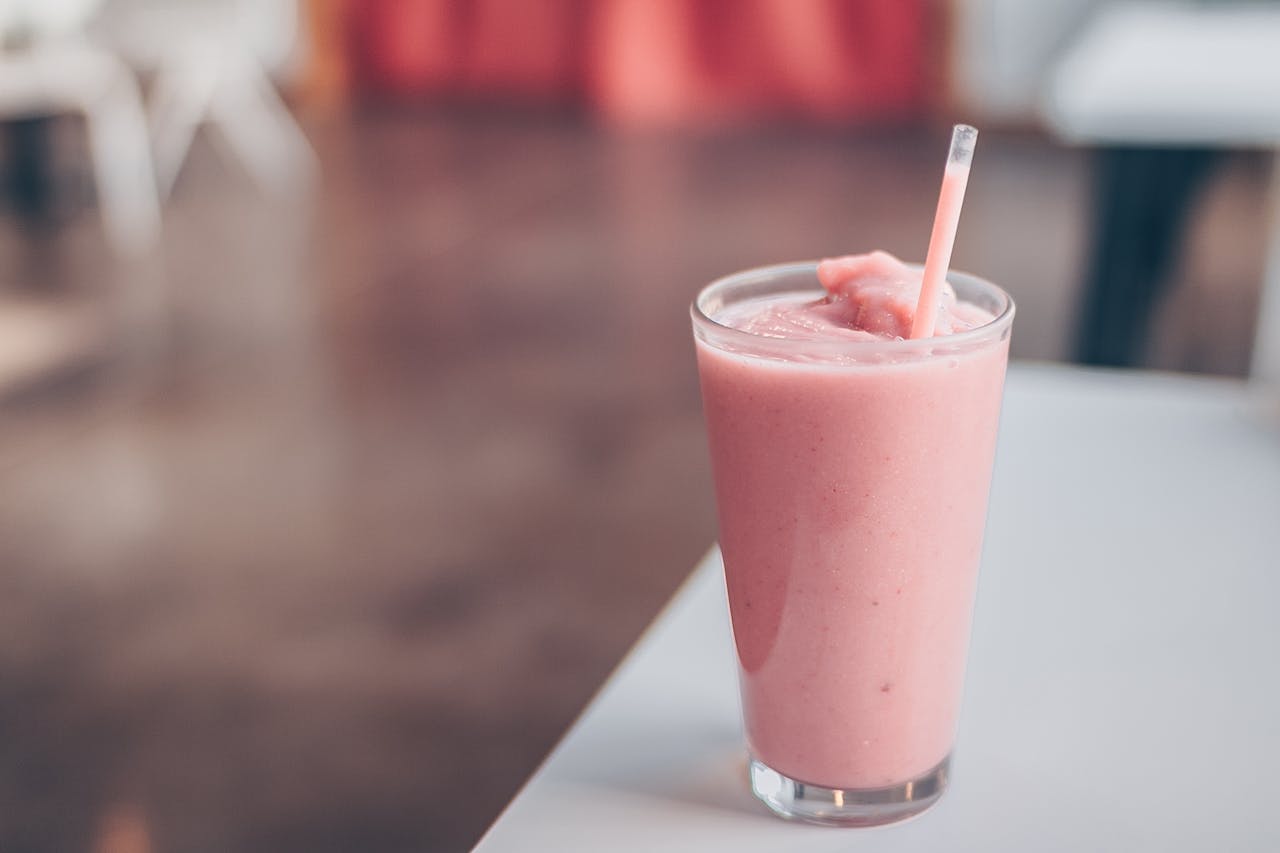 Explore the science behind whey separation and how to maintain yoghurt quality—featuring PECTIN as the ultimate stabiliser.
Explore the science behind whey separation and how to maintain yoghurt quality—featuring PECTIN as the ultimate stabiliser.
🧪 What Is Syneresis?
Syneresis is the technical term for separating whey (the clear, yellowish liquid) from fermented dairy products like yoghurt, sour cream, and soft cheese. This phenomenon typically appears as a watery layer on the surface, which many consumers misinterpret as spoilage or poor quality.
However, syneresis is not always a sign of spoilage. A small amount is natural in some dairy products. However, excessive syneresis can undermine product appearance, mouthfeel, and consumer trust. It’s also a leading cause of returns, reprocessing, and reduced shelf appeal in the dairy industry.
⚙️ The Science Behind Syneresis
Yoghurt is essentially a gel matrix of milk proteins (mainly casein) and water. During fermentation, lactic acid bacteria convert lactose into lactic acid, causing the milk proteins to coagulate and trap water. This process forms the structure of the yoghurt.
Syneresis occurs when this protein network becomes unstable or weak, allowing the bound water (whey) to escape. This can happen due to:
- Imbalanced protein content
Low milk solids or improper standardisation reduce the gel’s water-holding capacity. - Over-acidification
When fermentation continues beyond the optimal pH, the protein structure begins to shrink and expel water. - Mechanical stress
Stirring, shaking, or rough transportation after fermentation can damage the delicate gel matrix. - Temperature fluctuations
Inconsistent cooling or storage temperatures weaken the protein structure and encourage separation.
🧭 Other Contributing Factors
| Factor | Impact on Syneresis |
| Milk quality | Low-quality or diluted milk yields weak gels |
| Inadequate fermentation | Incomplete acid development affects texture |
| Inappropriate starter cultures | Weaker or unbalanced strains can cause inconsistencies |
| Faster cooling post-incubation | Reduces time for proper structure development |
✅ How to Prevent Syneresis in Yoghurt Production
To combat syneresis, processors must focus on:
1. Optimising Milk Composition
- Increase Total Milk Solids (TMS) using skim milk powder or ultrafiltration
- Standardize protein-to-fat ratios
2. Controlled Fermentation
- Monitor and halt incubation at the target pH (~4.5–4.6)
- Use high-performance starter cultures that yield strong, cohesive gels
3. Gentle Post-Processing
- Avoid aggressive stirring or pumping
- Use slow-speed agitators where necessary
4. Proper Cooling and Storage
- Cool evenly and quickly after fermentation
- Store at 4–6°C to maintain structure
🌟 The Real Game-Changer: PECTIN
Among all possible solutions, stabilisers are the most immediate and effective, especially PECTIN.
🥄 What is Pectin?
Pectin is a natural polysaccharide extracted primarily from citrus peels and apple pomace. It’s commonly used in jams and jellies, but it also works wonders in dairy.
When added to yoghurt formulations, pectin binds free water, reinforces the protein network, and creates a creamy, stable texture that resists whey separation.
🔍 Why Use Pectin in Yoghurt?
| Benefit | Result |
| Reduces syneresis | Binds water, preventing whey pooling |
| Improves texture | Provides smoothness and creaminess |
| Enhances mouthfeel | Mimics full-fat richness, ideal for low-fat lines |
| Clean-label | Pectin is plant-based and consumer-friendly |
| Works in stirred and set yoghurt | Versatile across different product types |
💼 Our Solution at Dairy and Food Consulting Limited
We supply premium-grade pectin specially designed for fermented dairy applications. Whether you’re making stirred, set, or drinkable yoghurt, our tailored blends:
- Minimise whey separation
- Enhance texture stability
- Extend shelf-life
- Ensure batch-to-batch consistency
📦 Available in various concentrations and performance levels.
Our team also offers formulation support to help you adjust recipes and processes for optimal results.
🧠 Did You Know?
- Studies show that as little as 0.2–0.4% pectin in yoghurt formulations can drastically reduce syneresis.
- Syneresis also reduces the perceived fat content, making low-fat yoghurt taste thinner.
- Proper stabiliser use can boost consumer loyalty by improving product consistency.
💬 Final Thoughts
Syneresis is a complex but solvable issue. By understanding the science, refining your process, and using the right stabilizer—especially pectin—you can deliver a yoghurt that’s rich, appealing, and stable every time.
Don’t let your yoghurt weep—let it wow.
📩 Need help formulating or sourcing stabilizers?
Contact us at Dairy and Food Consulting Limited.
We’re here to support your success with proven solutions and technical expertise.